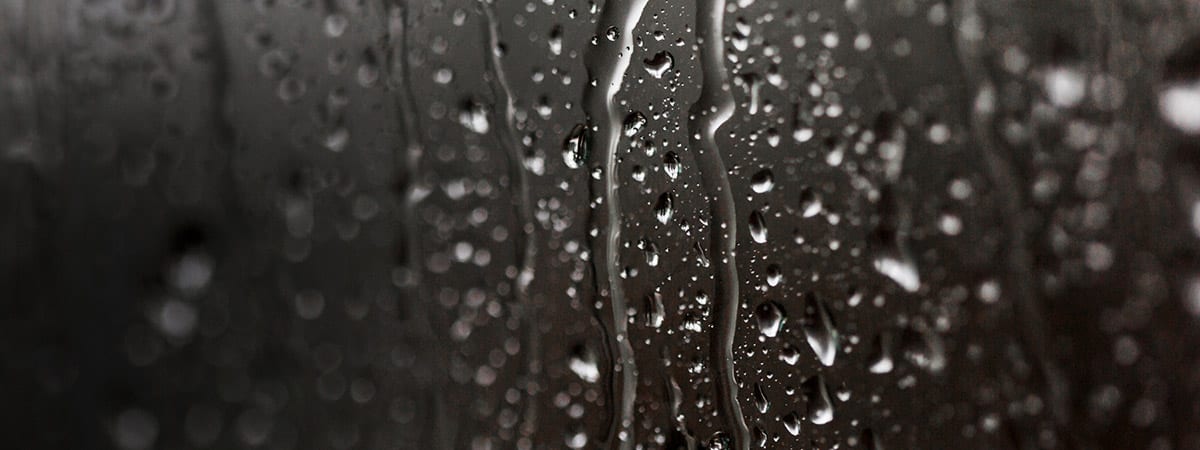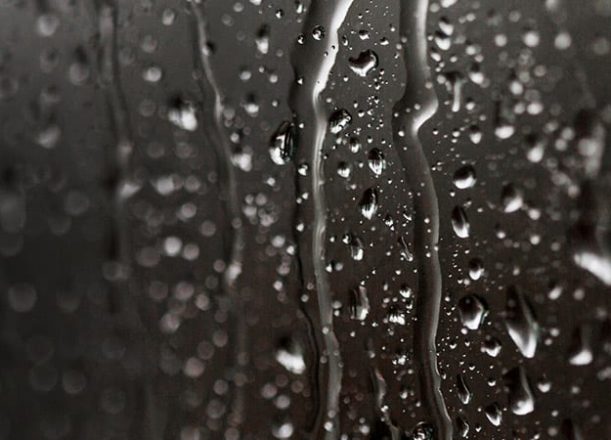We always wonder why the local weather news forecasts the temperature of the day, and at the same time, the air humidity levels. I noticed that the higher the temperature outdoors or if the weather is hot, the more humid it is.
Do they relate to each other? How does the humidity directly affect the temperature?
Let me explain to you how air humidity and air temperature correlate to each other. Along the way, I’ll be giving some great tips on how to handle the warm and cool temperatures.
How Does Humidity Directly Affect Temperature?
Air humidity and temperature are closely linked. If you hear absolute humidity and relative humidity, the two are different.
Relative Humidity
Relative humidity refers to the ratio of the amount of moisture present in the air and the maximum amount it can hold. If the weather is cold, the relative humidity may drop low. In other words, the relative humidity will fall as the air temperature drops too.
If the weather forecast of the day states that if the relative humidity can reach 100%, it means that the area is most likely to experience rain.
Relative humidity also measures that water vapor RELATIVE to the air temperature. That’s why it’s called relative humidity because the water vapor in the air affects the temperature.
But what causes the fluctuation of relative humidity in the air? The indoor relative humidity fluctuates because of the following reasons:
- Daily domestic activities
- Shower and baths (especially hot baths and steam showers)
- Natural transpiration of water vapor by plants, animals, and people
Absolute Humidity
Other from relative humidity, you can hear the term absolute humidity too. The absolute humidity is measured by how much moisture is there in every cubic meter of air in a room.
It is the measurement of water vapor in the air, regardless of what the air temperature is.
Relationship of Humidity and Temperature

The air temperature is closely related to humidity, because as the temperature starts to change, the humidity levels in the air fluctuate with it. You’ll notice this more when the air is warm. Warm air is capable of holding more moisture or water vapor.
As the air temperature rises, the humidity levels will start to fall if there isn’t more moisture added to the air. In climates with warm summer months, the humidity levels are usually high.
Additionally, as the air humidity levels rise outside, they’ll rise indoors too. Aside from the influence of weather, high air humidity can cause the air indoors to feel cold. Is this safe?
High humidity in the air contributes to the growth of many molds in any room of the house. Leaving too much moisture in the air can contribute to mold growth. As a result, high air humidity will affect the well-being and health of humans.
What is Dew Point?
The dew point is the temperature where the air is saturated with water vapor. As a result, it turns into a gaseous state. It is closely related to relative humidity. If the air reached a certain dew point temperature plus a specific pressure, the water vapor turns into liquid water.
That’s why you see dew in grasses and flowers. Because when the dew point is low, the liquid water will condense on any solid surfaces.
Dew point will form in clouds and fog air because the available water vapor in the air can form in the particles of atmosphere like the dust and salt. [1]
What Should the Humidity Be in Your House?
No matter what time of year it is or what indoor and outdoor temperature is, your humidity levels should stay between 30 to 50 percent.
If your indoor humidity levels are low or less than 30 percent, it’ll get too dry in your home, and this is called dry air. When this occurs, dry air results in dry skin, nosebleeds, and sore throats. At most times, dry air will make you feel warm, rather than cold.
However, if the humidity fluctuates the other way and gets too high, allergens like dust, mold, and fungus will start to multiply and thrive. The air can also start to feel uncomfortably heavy and warm. This can aggravate respiratory conditions and make it hard to breathe.
A cheap dehumidifier can help you control the humidity levels in your home. Once you turn it on, it’ll start pulling in the warm, wet air and filtering it through a set of coils. When the air touches these coils, it cools down and pulls the moisture from it.
The collected moisture either goes out of the dehumidifier through a hose, or it collects in a bucket, and you empty it. You can find my recommendations for the best cheap dehumidifier on this page. In the dehumidifier review, you can also find the features and services of a dehumidifier.
You can also use humidifiers to emit water vapor and increase moisture levels in the air. A humidifier can help avoid dry skin caused by dry air.
How Much Hotter Does Humidity Make it Feel?

Do you know why humidity makes it feel hotter? During colder months, the heat in your body plays a significant role in keeping the body temperature normal. How does it do it? Through the body’s science of sweating.
Sweating feels gross, but it’s how the body naturally exhausts itself. Humidity will make temperatures feel hotter than it actually is because it affects how well sweat can evaporate from your skin.
If you notice, during humid days, sweat evaporates slowly. This is the reason why there’s so much heat in high humidity. The science behind the body’s cooling system will not even work, and the body will heat up.
An increase in heat also imposes serious health risks such as triggering of asthma and the possibility of heatstroke. If the air outdoors or inside increases at 100 percent humidity, sweat won’t even evaporate from your skin. This makes you feel warmer.
On the other hand, you’ll feel cooler if the humidity is low enough to allow sweat to evaporate from your skin quickly. This means that it will also carry heat faster.
Just one example, if the current temperature is around 75 degrees and there is a humidity reading of zero percent, it feels like the environment is at 69 degrees. But, if the temperature is 75 degrees with a 100 percent humidity, it feels like the environment is at 80 degrees.
What is a Comfortable Level of Humidity?
As I mentioned, comfortable levels of humidity vary depending on what is going on outside. This is a piece of important information to remember.
This means that during the summer months or warmer weather, it is important to have the right indoor humidity levels to be around 50 percent. They shouldn’t go over 60 percent because this is where you’ll start to feel uncomfortable, and this is where fungus and mold start to grow.
One important information to remember is that during the winter or colder months, you want your humidity levels to be lower. They should stay around 30 or less than 40 percent at the most.
The lower level that occurs during colder months will help stop condensation buildup on your windows or in other areas of your home where you don’t want moisture to build up.
So, Do You Need a Dehumidifier?
You now know that using a cheap dehumidifier can help you control the temperature fluctuations in your home. It can be a great investment to promote comfort, prevent mold growth, and avoid any health risk due to humidity issues in your home.
The better control and protective measure you can keep over your home’s humidity levels, the more comfortable you’ll be. It can help keep your breathing conditions like asthma, allergies, or any other respiratory conditions under better control.
I hope you found this information useful, and I hope I helped you select a good dehumidifier for your home.


